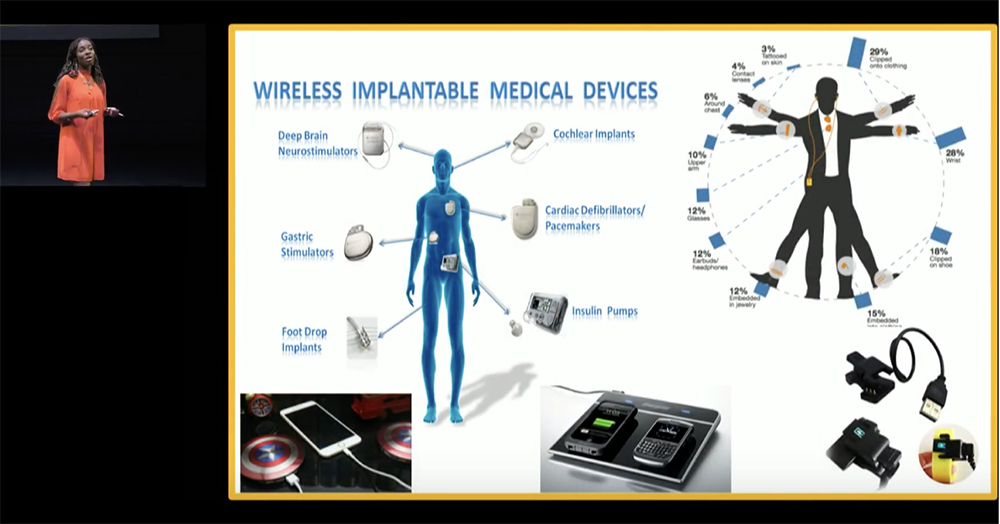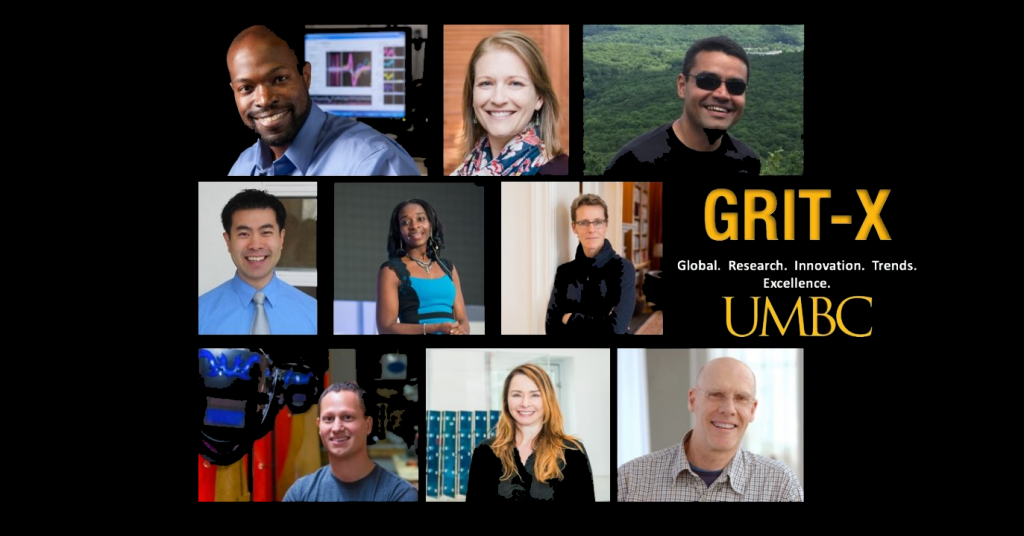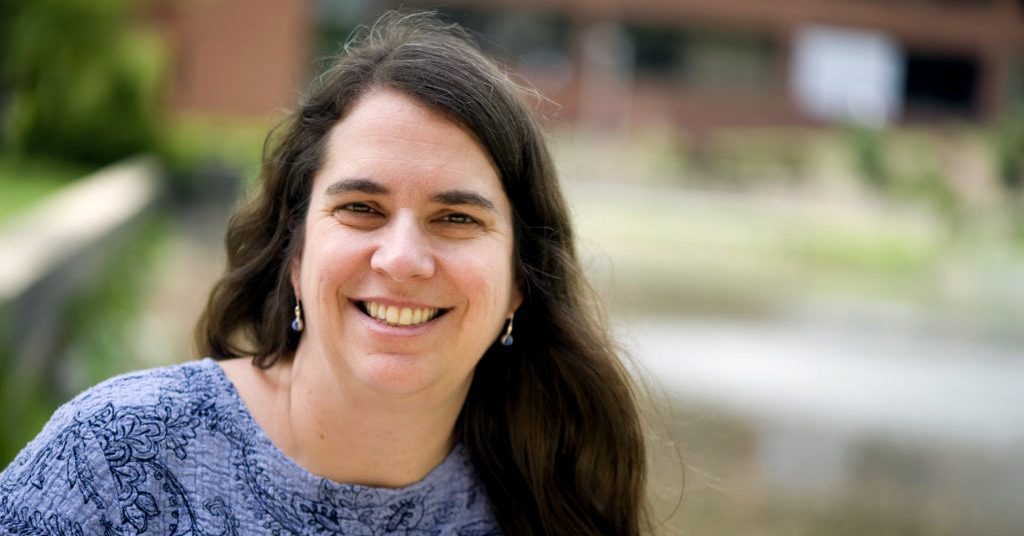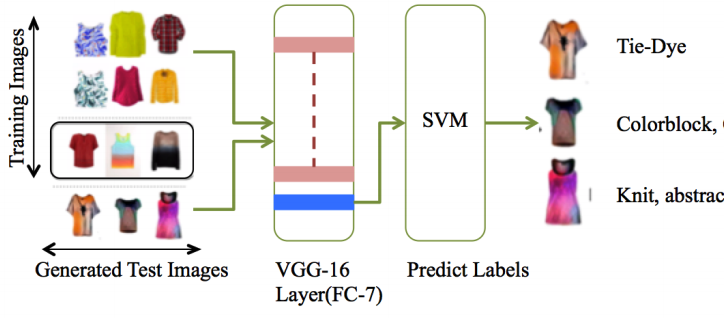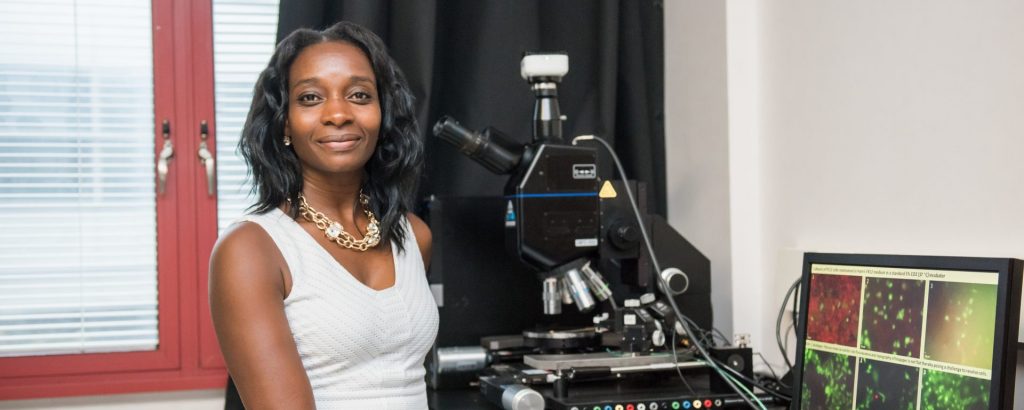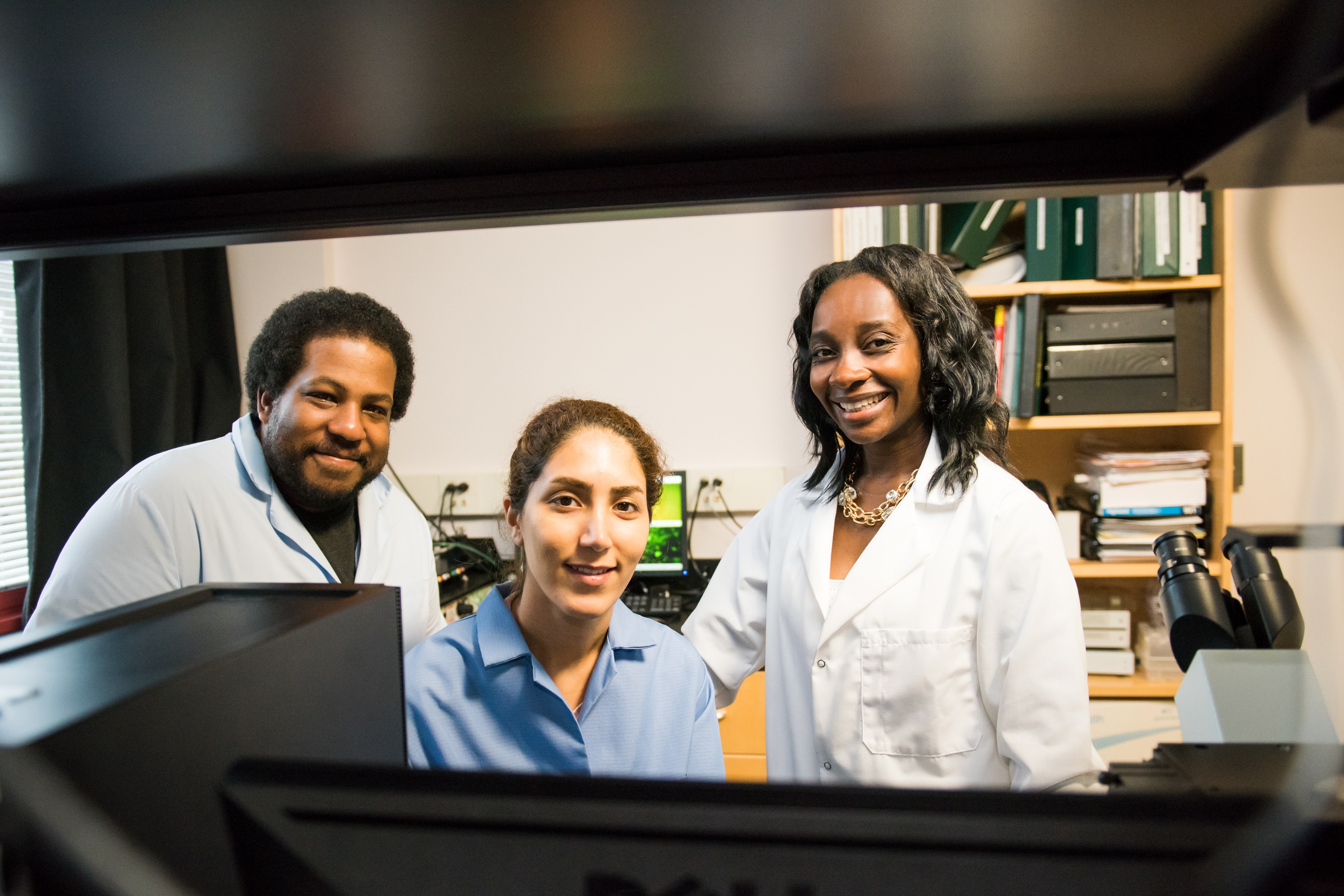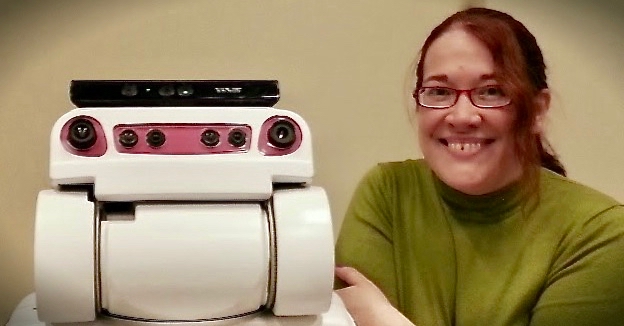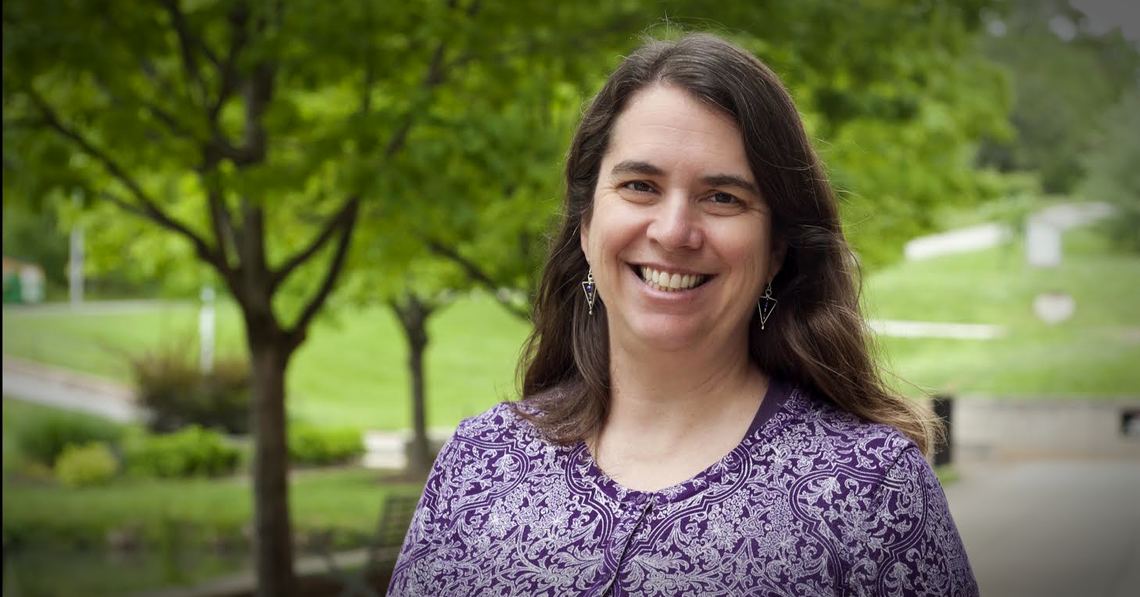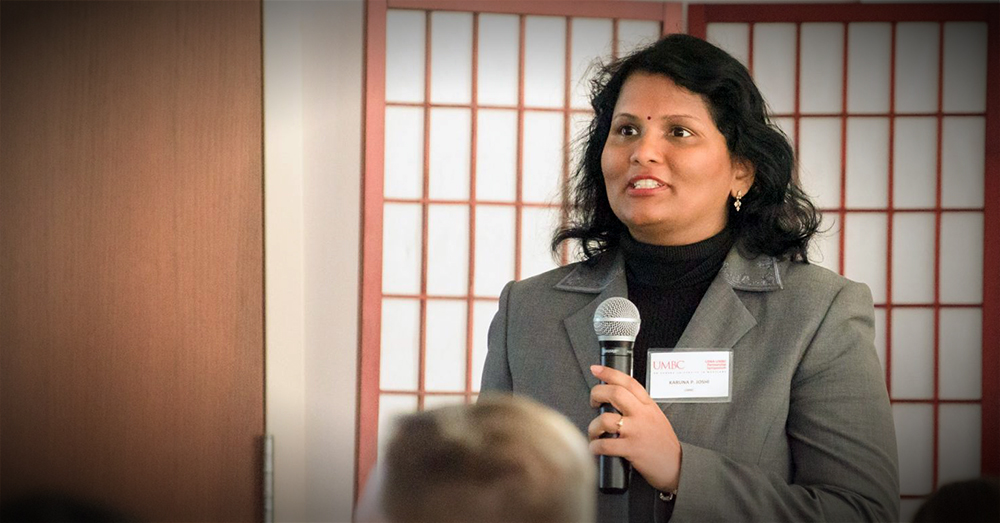
Every day, people interact with large amounts of text online, including legal documents they might quickly skim and sign without full, careful review. In an article recently published in The Conversation, Karuna Joshi, research associate professor of computer science and electrical engineering, and Tim Finin, professor of computer science and electrical engineering, explain how artificial intelligence (AI) is helping to summarize lengthy and complex legalese so people can more easily understand terms of service and similar agreements before they click “accept” to access a new app or online service.
The legal documents that Joshi and Finin are working to summarize—terms of service, privacy policies, and user agreements—often accompany new online services, contests, apps, and subscriptions. “As computer science researchers, we are working on ways artificial intelligence algorithms could digest these massive texts and extract their meaning, presenting it in terms regular people can understand,” they explain.
Through their research, Joshi and Finin ask computers to break down the terms and conditions that regular users “agree” to or “accept.” To process the text, Joshi and Finin employ a range of AI technologies, including machine learning, knowledge representation, speech recognition, and human language comprehension.
Joshi and Finin have found that in many of the privacy policies people are prompted to review and accept online, there are sections that do not actually apply to the consumer or service provider. These sections of the agreements might, for example, “include rules for third parties…that people might not even know are involved in data storage or retrieval,” they note.
After examining these documents, the software Joshi and Finin have developed pinpoints specific items that people should be aware of when they are granting their consent or agreement—what they describe as “key information specifying the legal rights, obligations and prohibitions identified in the document.” In other words, the software takes in all that complex legal language, and then then presents just the most essential information in “clear, direct, human-readable statements,” making it much more feasible for users to understand what they are consenting to before they click “agree.”
Read “Teaching machines to understand — and summarize — text” in The Conversation to learn more about Joshi and Finin’s approach to making online legal documents more accessible through AI.
Adapted from a UMBC News article by Megan Hanks Banner image: Karuna Joshi. Photo by Marlayna Demond ’11 for UMBC.
